Vietnam veterans recall all-female Tet Offensive squad
As a 19-year-old scout and spy for the communist forces in South Vietnam, Hoang Thi No remembers the determination and spirit of her 11-member team of young women who took part in the audacious Tet Offensive that turned the tide of the Vietnam War 50 years ago.
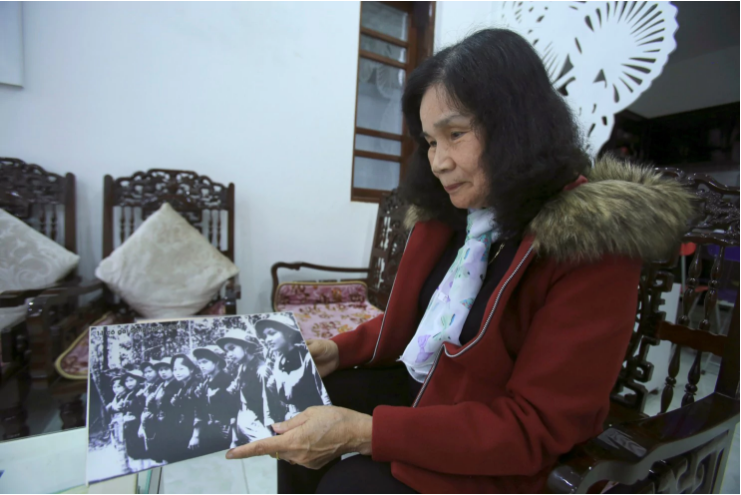
Veteran spy Hoang Thi No holds up a photo of all-female “Perfume River squad” in Hue, Vietnam. Photo: Hau Dinh/Associated Press
“If we didn’t fight the enemy, they would destroy us all,” she said. “We were young and weren’t afraid. ... Once we had a strong ideology, we could do anything.”
Her unit was known as the Perfume River Squad for the river that runs through Hue, Vietnam’s cultural capital and third biggest city. Four of them died in the fighting that raged through the city for most of that February; two died later in the war.
They were part of a mobilization of as many as 80,000 fighters — regular soldiers from Communist North Vietnam, guerrillas of the National Liberation Front of South Vietnam, known as Viet Cong, and village militia — who launched virtually simultaneous surprise attacks on more than 100 cities, towns and U.S. military bases in South Vietnam the early morning hours of Jan. 31, 1968.
Official U.S. statistics for a month of fighting put the death toll at more than 58,000 enemy combatants, 3,995 American soldiers and 4,954 allied South Vietnamese troops plus 14,300 civilians.
“Psychologically, the war turned against the Americans at that point,” said Alan Dawson, at the time a 26-year-old U.S. Army journalist in South Vietnam. “That attack in the Tet Offensive was really the moment that the final outcome of the war was decided to the communist advantage.”
After an initial period of chaos, U.S. and South Vietnamese forces rallied to overwhelm the communist attackers, largely through the use of superior firepower.
Had the offensive been nipped in the bud everywhere, it might have been more clearly recognized as a major military defeat for the communists. But the tenacious Vietnamese guerrillas in Hue held out for about a month, helped by the work of the Perfume River Squad.
“Our duties were to enter the city to get information of movements and important locations of the enemy,” No said. “We also mobilized local people to support the revolutionary forces by stocking up food and digging secret trenches and tunnels, getting ready for the fight. When the offensive started, we guided our major forces to various top important locations to fight the U.S Army in Hue city.”
On Wednesday, No joined her comrades in Hue in marking the anniversary of the offensive with speeches and patriotic songs.
No suffers from a thyroid condition that doctors attribute to contact with Agent Orange, the herbicide that U.S. warplanes sprayed over large parts of Vietnam to try to deprive the communist forces of jungle cover.
The veterans, mostly in their 70s and 80s and some wearing their combat medals, looked happy just to get together, chatting in the hallways before the formalities, laughing as they shared wartime stories and posed for group photos taken with their smartphones. The hall where they were meeting was about a kilometer (half a mile) from Hue’s famous Citadel, scene of the fiercest fighting, whose walls are still pockmarked with bullet holes among the moss.
Communist military planners of the Tet Offensive had hoped their attacks would incite a popular uprising to upset the balance in what had become a very costly and increasingly conventional war since the escalation of the U.S. military presence in 1965.
They also believed that a show of strength would weaken American political will, which they were well aware was wilting under pressure from anti-war sentiment back home.
Seeking to maximize psychological impact, they targeted high-profile targets in Saigon, the South Vietnamese capital now called Ho Chi Minh City. They included the Presidential Palace, Tan Son Nhut air base and most dramatically the U.S. Embassy, where sappers penetrated the outer perimeter but were shot down before they could get to the main building.
Dawson said the Americans and South Vietnamese knew an attack was coming, but didn’t understand the scope of it. “The Viet Cong, for example, smuggled weapons into Saigon by the thousands; rifles, grenades, that kind of thing, including even in mock funerals they had, and they got the weapons in coffins into Saigon.”
U.S. Marines spearheaded an allied effort to clear the communists in bitter house-to-house fighting in which neither side paid much heed to the safety of civilians. Dramatic footage of the harrowing fighting dominated U.S. television coverage, with devastating political effect. In March, embattled U.S. President Lyndon Johnson announced he would not run for another term and put limitations on bombing as a prelude to peace talks.
The fighting dragged on for seven more years, fueling U.S. street protests and convulsing American politics, before the North prevailed and the last Americans evacuated in 1975.
According to The Washington Post
Recommended
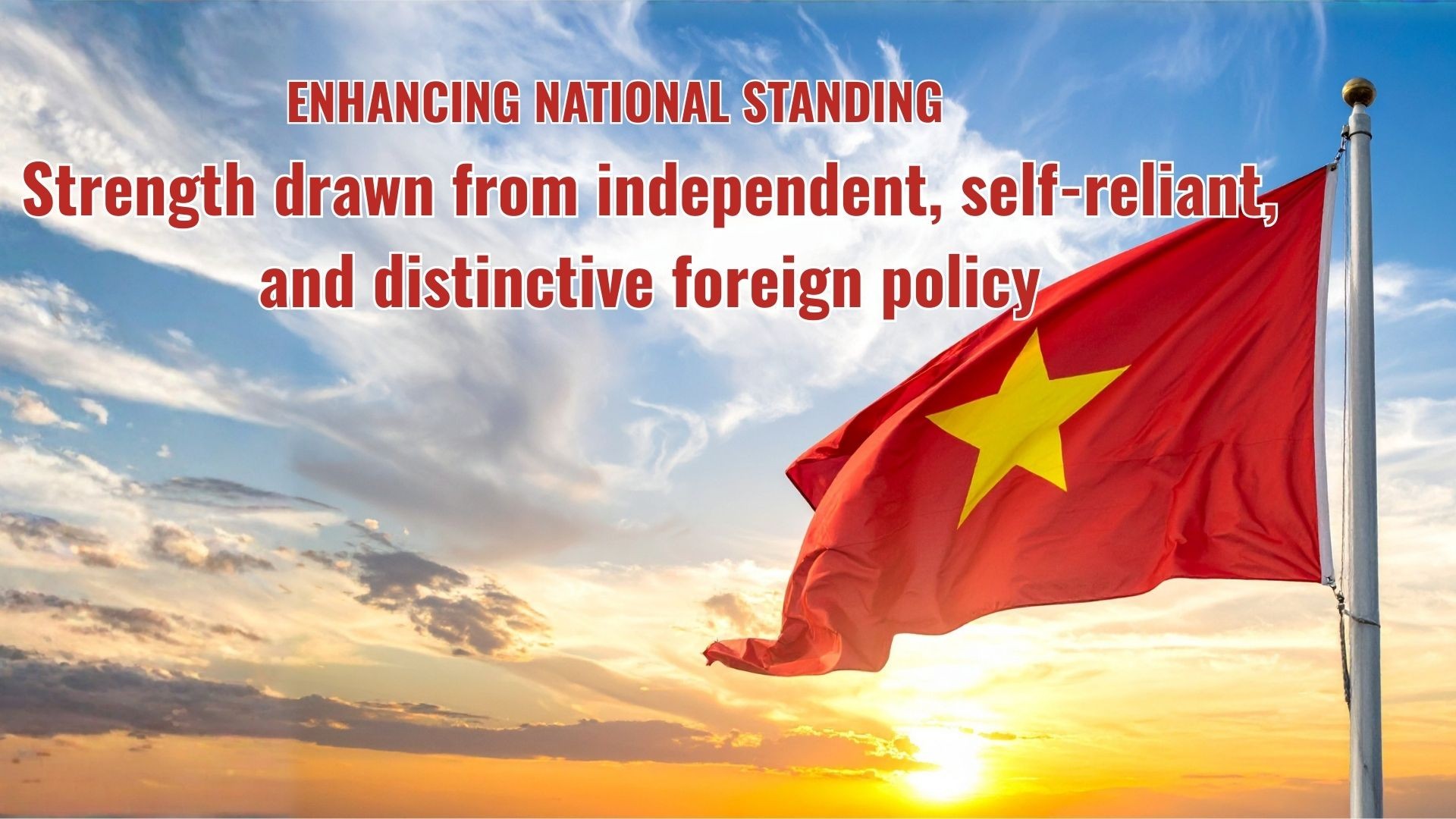 National
National
Enhancing National Standing: Strength Drawn from Independent, Self-reliant, and Distinctive Foreign Policy
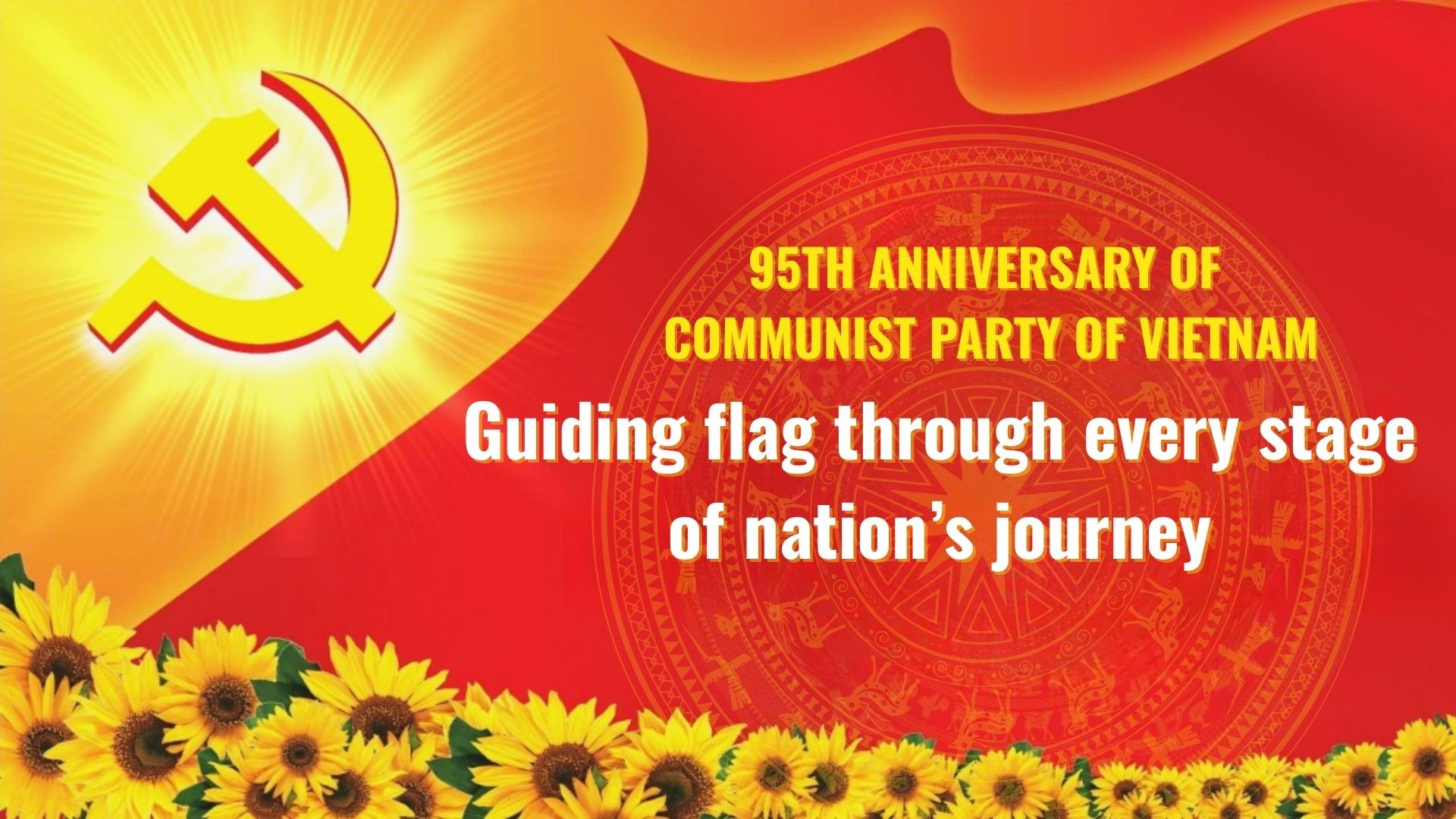 National
National
95 Years of Communist Party of Vietnam: Guiding Flag through Every Stage of Nation’s Journey
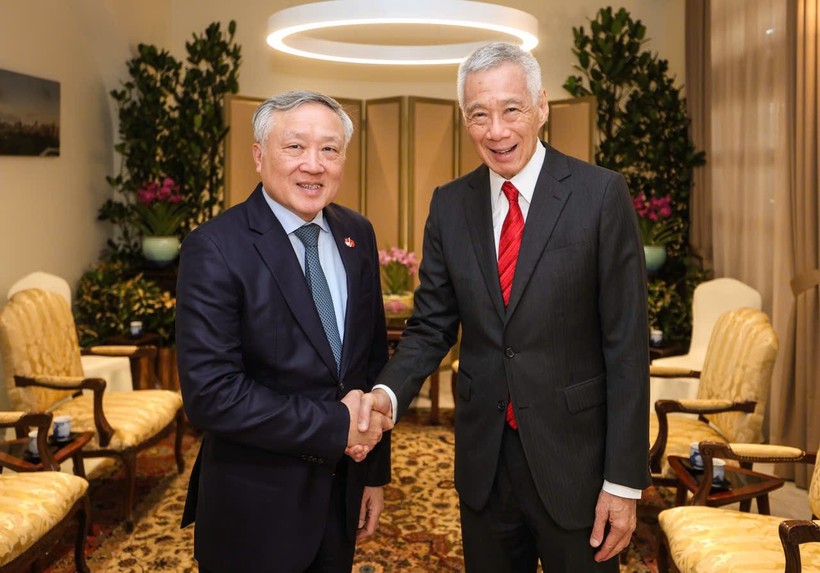 National
National
Vietnam News Today (Jan. 14): Vietnam Seeks Stronger Partnership with Singapore
 National
National
Finnish Scholar: Economic Focus Key to Vietnam’s Growth and People’s Happiness
Popular article
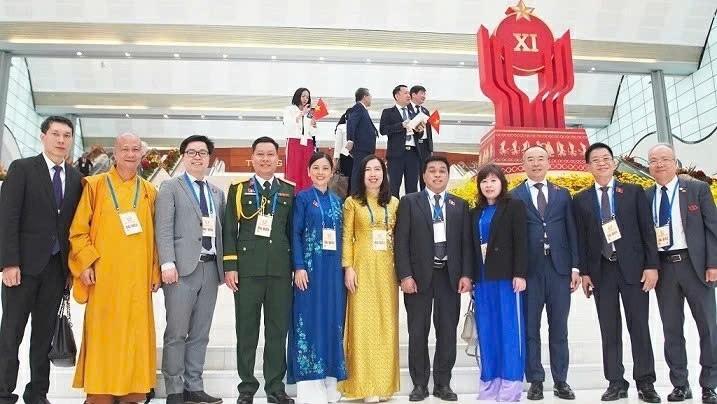 National
National
Overseas Vietnamese and Their Confidence and Expectations for 14th National Party Congress
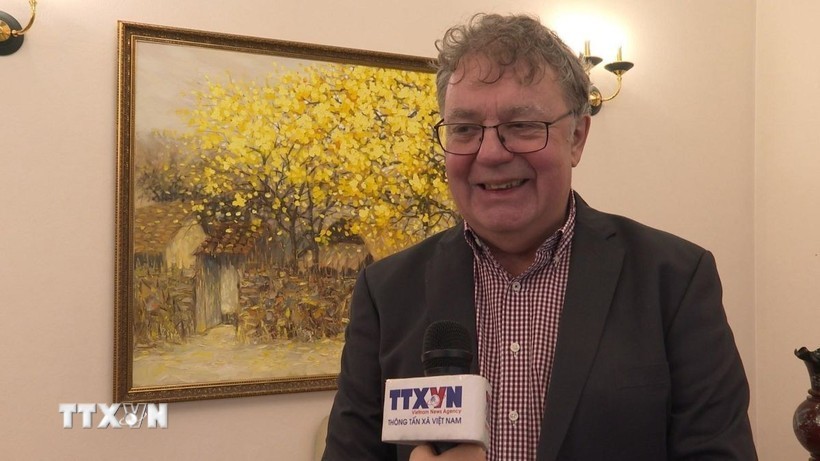 National
National
Close Ties with People - Foundation of Communist Party of Vietnam's Leadership Strength
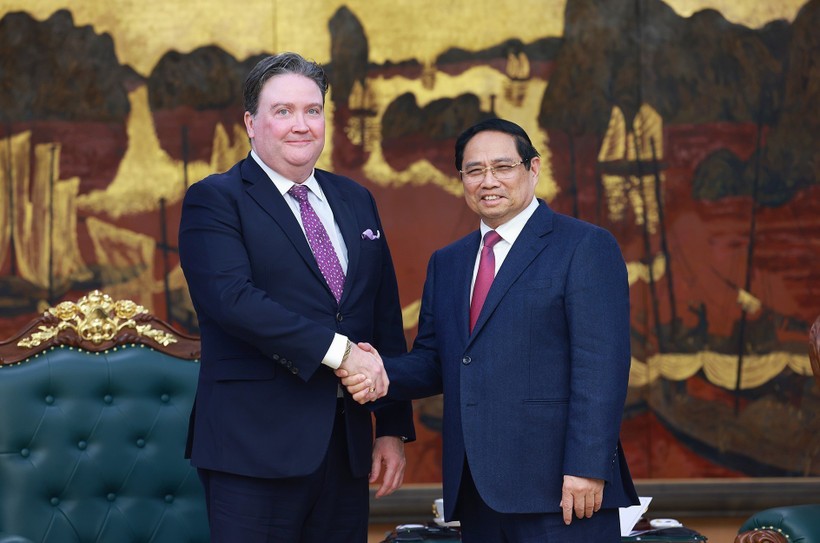 National
National
Vietnam News Today (Jan. 10): Vietnam Wishes to Continue Strengthening Comprehensive Strategic Partnership with US
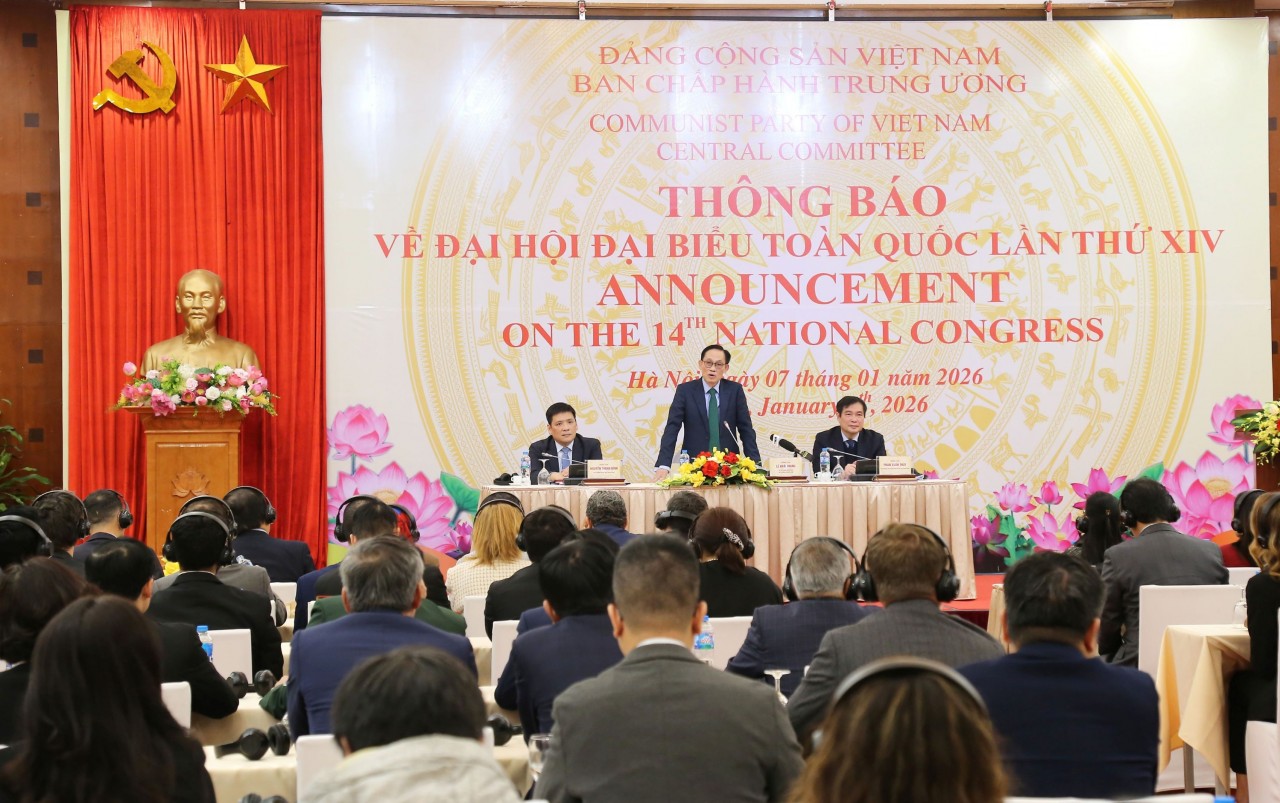 National
National



